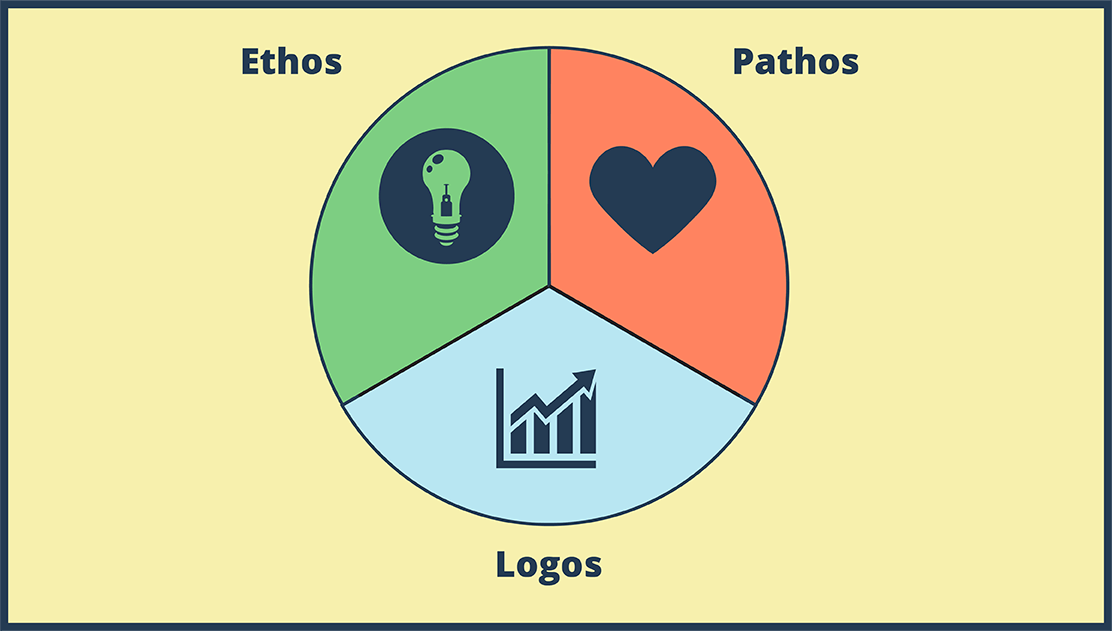How to Use a Protractor

Vous pouvez trouver ce storyboard dans les articles et ressources suivants:

Diagramme D'un Processus
Plans de Cours par Anna Warfield
Les instructions et les processus sont tellement plus faciles à comprendre lorsqu'ils sont accompagnés de visuels. Lorsque nous scénarisons un processus ou créons un diagramme séquentiel, nous pouvons nous concentrer sur des étapes discrètes, la cause et l'effet et la séquence.

Utilisation du Storyboard That Dans Votre Classe de Mathématiques
Aides Visuelles Pour la Classe Moderne
Storyboard That facilite l'intégration de l'apprentissage visuel dans votre cours de mathématiques et l'adaptation du contenu à vos élèves. Les modèles facilement personnalisables vous permettent de vous assurer que les feuilles de travail que vous donnez aux étudiants les rencontrent là où ils se trouvent et remettent en question les concepts qu'ils s'efforcent encore de maîtriser.
'
Découvrez quelques-uns de nos autres articles éducatifs!
Storyboard Description
How to Use a protractor graphic organizer - diagram a process
Texte du Storyboard
- Glisser: 1
- GAH! Math is so stupid! It doesn't make any sense!
- Glisser: 2
- This protractor thing is impossible!
- Glisser: 4
- Make sure the protractor is not backwards! It makes life so much easier if you can read the numbers.
- Glisser: 5
- Before we measure, tell me if this is an acute, right, or obtuse angle.
- Glisser: 6
-
- Acute?
- It IS acute, so that means it measures less than 90 degrees. We already know the answer is between 0 and 90 degrees!
- Glisser: 7
- There are two parts of the protractor to help you get the angle in the right place: 1) an upside-down T at the bottom middle 2) the base line (0 degrees or 180 degrees)
- Glisser: 8
- We want to place the protractor on top of the angle so the middle of the T is at the vertex.
- Glisser: 9
- Rotate the protractor so the vertex of the angle is still at the T, but one leg of the angle is lined up with the 0 degree line.
- Glisser: 10
- The line doesn't reach the numbers!
- That's OK. Don't you remember that definition about angles? Two RAYS with the same endpoint? Rays go on forever, so we can just extend the legs of the angle.
- Glisser: 11
- The legs of the angle are extended, so we just need to read the numbers. Our options are 140 degrees or 40 degrees. Which is it?
- Glisser: 12
- Acute angle! 40 degrees! Take that MATH!
- Glisser: 0
- I will show you how to use it. Well, step 1...
- Maybe I can help.
Plus de 30 millions de storyboards créés
Aucun Téléchargement, Aucune Carte de Crédit et Aucune Connexion Nécessaire Pour Essayer !




